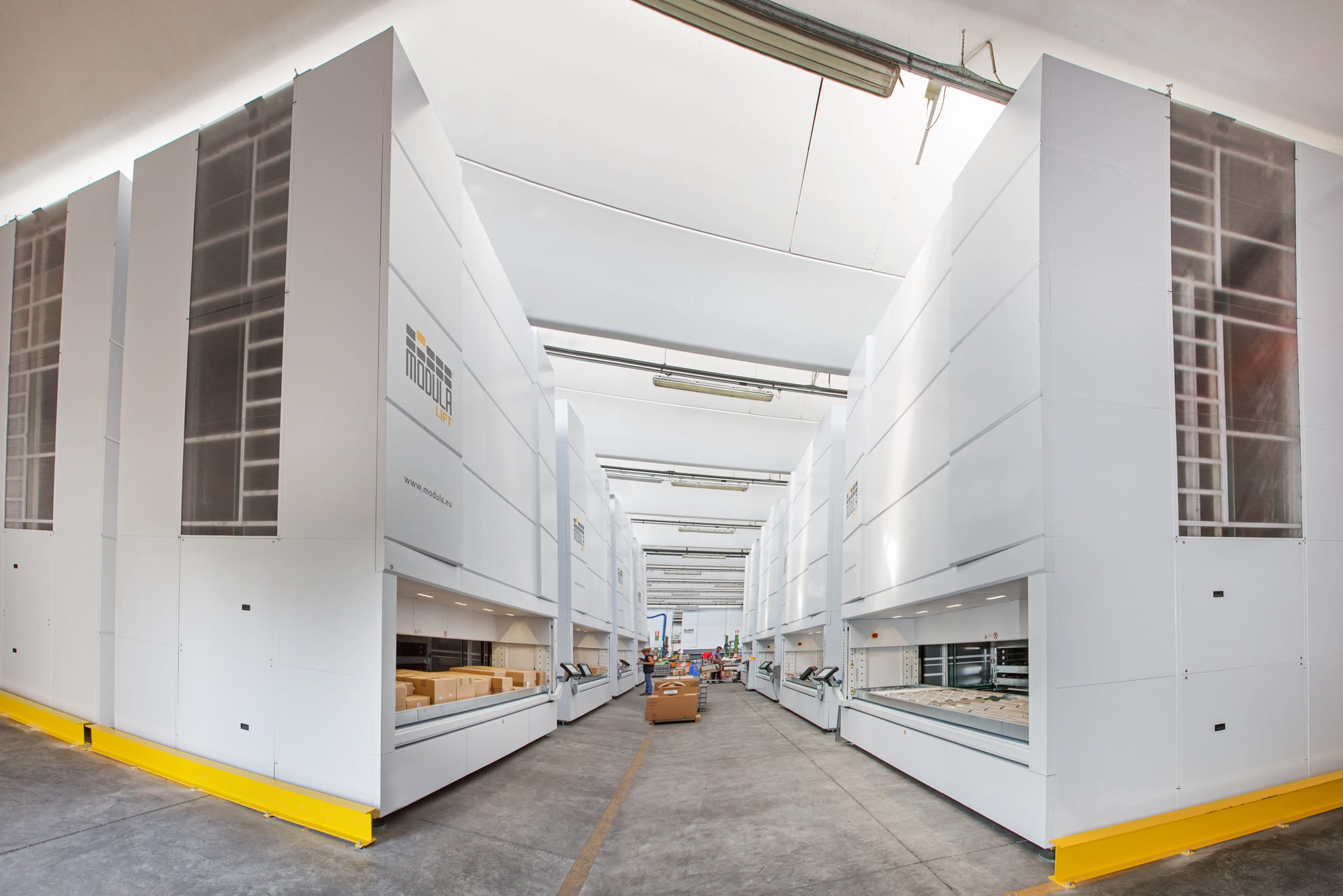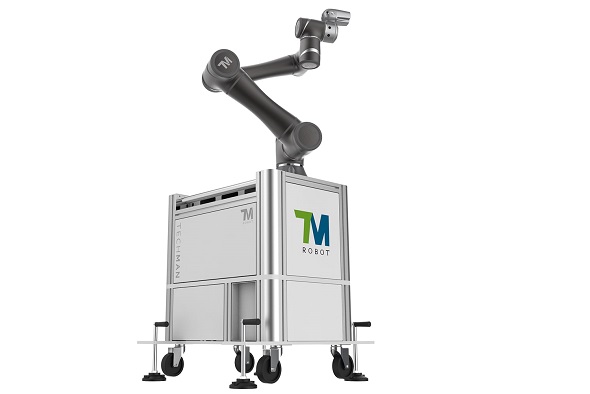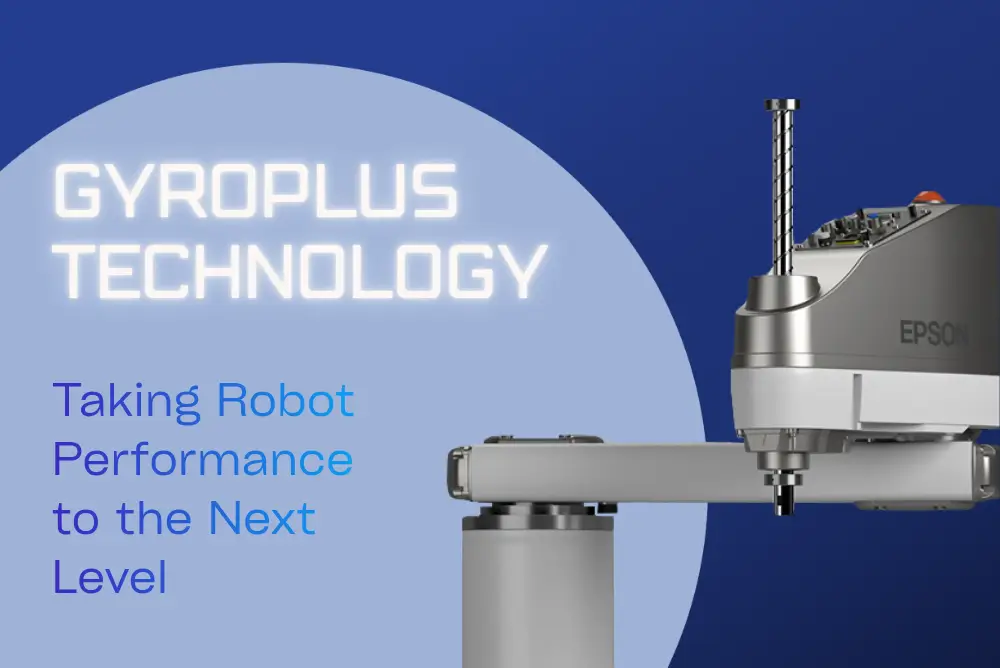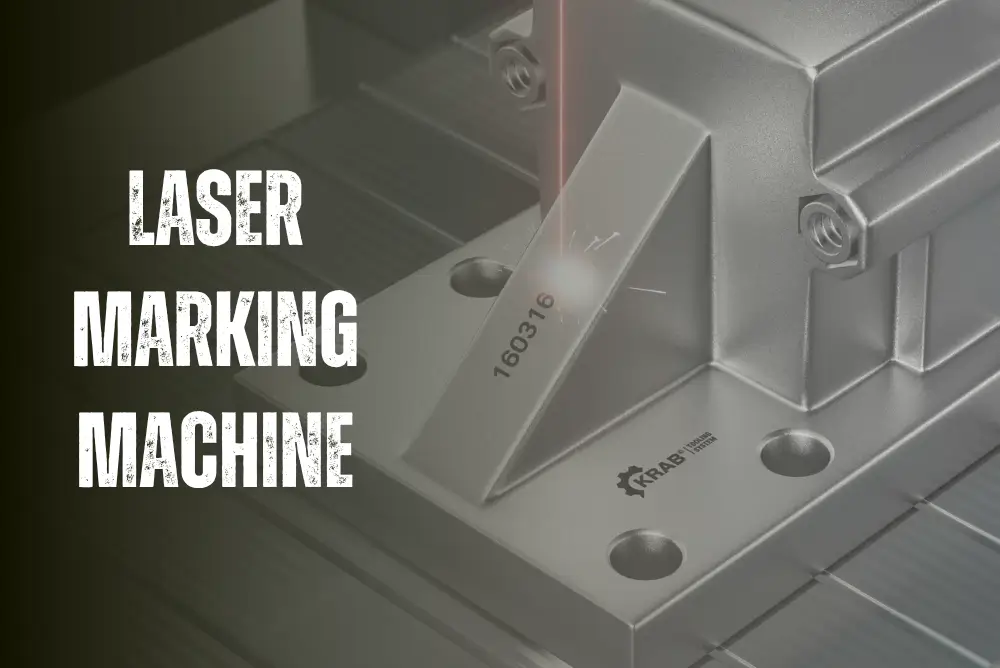Although traditional static warehouse racks seem practical and budget-friendly, they have hidden costs and compromised efficiency. They are inherently inefficient, wasting space and time, in addition to posing safety hazards and organizational issues.
The best solution is embracing automated warehouse racking systems, which can boost your warehouse efficiency and reduce space requirements by up to 90%.
If your warehouse still relies on static storage solutions, it's the perfect time to switch to automation. We will detail the primary obstacles you face with traditional storage and demonstrate why automation is the optimal answer.
What are Warehouse Storage Racks?
Warehouse storage racks are storage solutions designed to store and organize inventory in horizontal rows across multiple levels.
These warehouse shelving systems are typically made of robust materials such as steel, iron, or aluminum, and they are available in different setups and load capacities to cater to a broad range of inventory.
Industrial Shelving vs. Racking Systems
When it comes to storage, industrial shelving is preferred for storing small items that can be manually picked, while racking systems are meant for handling heavier and larger loads that require the use of forklifts.
While industrial shelving is suitable for manual picking and placing of goods, racking systems have bigger and deeper trays that allow for stacking products vertically at a higher level.
For larger loads such as entire pallets or big boxes, a racking system may require the use of heavy equipment to access the items.
5 Types of Manual Warehouse Storage Solutions
Here are five types of traditional warehouse storage solutions and the challenges associated with each:
1. Conventional Shelving
Conventional shelving, also known as static shelving, is a common type of warehouse storage. It consists of static free-standing units with horizontal shelves supported by vertical posts. This storage system is ideal for small parts that can be picked manually.
However, challenges with conventional shelving include:
- Reduced productivity, as warehouse operators have to navigate around the warehouse to store and pick inventory.
- It takes up most of the warehouse space and accommodates the tallest item, leaving more room than necessary for smaller items.
- Takes up most of your warehouse space
- Aisles are required to allow manual picking and placing of items, which poses a risk hazard for warehouse operators who need to reach low and climb high to retrieve items.
Conventional shelving consists of horizontal shelves that stores inventory
2. Pallet Racking
Pallet racking is a popular storage solution used in warehouses for organizing and storing pallets or large containers.
The system is composed of upright frames and horizontal beams that create a secure structure for pallet storage. Pallets are arranged in horizontal rows across different vertical levels. However, this system has its challenges:
- Forklift trucks are necessary for loading and unloading materials from the racks
- Improper installation and maintenance may cause safety risks like falling objects and structural collapse
- The system also requires wide aisles to allow forklifts to access heavy loads
- Lacks the flexibility to adapt to changes in inventory size or storage requirements.
Pallet racking is used to store heavy inventory
3. Compact or Narrow Aisle Shelving or Racks
Narrow aisle shelving systems are warehouse storage solutions that have narrow aisles between the shelving units. They are commonly used in small warehouses.
These systems feature narrow aisles between shelving units to maximize available space. While these units provide high storage density, they require specialized forklifts that can maneuver in tight spaces.
It's important to note that the limited aisle width translates to less room for workers or forklifts, which necessitates additional safety measures and specialized handling equipment for loading and unloading items.
Narrow aisle shelving is best suited for homogeneous products with low or medium rotation
When it comes to challenges, narrow aisle shelving:
- Reduces picking rates due to narrow aisles and limited accessibility to individual items
- Increases risk of damage to stored goods and equipment passing through
- Requires specialized handling equipment and safety measures.
4. Mobile Pallet Racking
Mobile pallet racking, which is also referred to as mobile racking, is a storage system used in warehouses. It involves placing traditional pallet racks onto motorized carriages or bases that ride on rails on the warehouse's floor.
The entire racking system can be moved along these rails, allowing for several storage units to be located close together when not in use.
However, using mobile pallet racking can pose certain challenges:
- The system requires regular maintenance to operate efficiently. Any malfunction or breakdown can lead to costly downtime, resulting in decreased productivity relative to conventional warehouse systems.
- Sliding the racking system takes time, which also reduces efficiency.
- Adequate training is required for warehouse staff to ensure that the system is used correctly and safely, as it is more complex than conventional shelving.
Mobile pallet racking is a storage system mounted on motorized carriages
5. Drive-in and Drive-Through Racking
Drive-in and drive-through racking are types of compact shelving systems that aim to maximize the capacity of a warehouse by reducing forklift operating aisles.
Drive-in racks have a single access aisle and employ the last in, first out (LIFO) method, where the last loaded pallets are the first ones to be unloaded.
On the other hand, drive-through racking has an entrance and an exit and uses the first in, first out (FIFO) method. However, they offer less compact storage space as they require an additional aisle.
However, both systems present challenges such as:
- Limiting the measurements of loading units and the number of stored references
- Reducing flexibility in warehouse operations due to limited selectivity and loading/unloading sequence requirements
- Increasing the risk of product damage when forklifts enter the racks
- Slowing down the picking process because of the need to navigate the deep storage lanes in drive-in and drive-through racking systems
- Requiring higher installation costs due to specialized designs, forklifts, and handling equipment.
Benefits of Automated Warehouse Racking Systems
Automated warehouse racking systems, such as automated storage and retrieval systems, offer various benefits that can improve productivity and efficiency while prioritizing the safety of warehouse operators.
Key benefits of automated racking include:
- Increases storage capacity: instead of opting for a larger warehouse, which can cost up to $8 per square foot, automated warehouse racking systems capitalize on the existing vertical and horizontal space to expand overall storage capacity compared to traditional manual systems.
- Improves productivity: productivity can be enhanced through a reduction in picking time since inventory is delivered to warehouse operators automatically. Additionally, these systems can operate around the clock, therefore eliminating downtime.
- Enhances accuracy: automated systems also improve accuracy in picking inventory as they are less prone to human error. As a result of optimized warehouse space, the warehouse layout tends to be more efficient and organized.
- Optimizes space: Automated warehouse racking systems optimize warehouse space, resulting in a more efficient and organized warehouse layout.
- Boosts workplace safety: The safety of operators is improved since these systems eliminate the need for human intervention, such as reaching high and low areas for inventory retrieval. This mitigates the risk of accidents such as overexertion.
- Improves inventory control and tracking: The advanced software used in automated systems positively affects inventory management. With real-time insights into stock levels and item movement, it is easier to gain complete visibility, accurate demand forecasting, and better stock control.
- Allows for scalability: automated warehouse racking systems can be modified to suit the changing business needs or unique storage requirements in terms of inventory type, size, and shape, allowing for scalability in operations.
Modula’s Automated Warehouse Racking Systems
Being at the forefront of the manufacturing industry, our automated warehouse racking systems are designed to help businesses make the most out of their existing warehouse space, improve productivity and picking accuracy, and provide greater inventory visibility across their facility.
Modula Vertical Lift Modules (left) and Modula Horizontal Carousels (right)
Vertical Lift Module (VLM)
The Modula vertical lift module (VLM) is a towering, vending machine-like storage solution that offers a safe and secure space for your goods.
Kho thông minh Modula được trang bị các kệ bên trong
- The internal shelves are adjustable to accommodate various sizes, and the machine optimizes the arrangement of stored goods to maximize its storage capacity.
- With the Modula VLMs, you can reduce your warehouse space requirements by up to 90%, while also boosting efficiency and productivity.
- Modula's vertical lift modules (VLMs) incorporate internal shelves to ensure the safety of your inventory.
- By simply tapping on the user-friendly screen, your warehouse operator can secure items at a comfortable height from the VLM.
- Since there is no requirement for multiple expansive aisles and scattered shelving, VLMs drastically decrease space requirements.
Our VLMs are available in three models - Modula Lift, Modula Slim, and Modula Onepick - each of which takes advantage of the available high ceilings to utilize minimal floor space.
Modula Horizontal Carousels
The Modula Horizontal Carousel (HC) is a storage solution that offers similar benefits to the Vertical Lift Module (VLM). However, it caters to spaces with limited ceiling height by utilizing the available horizontal space. The Modula HC allows you to:
- Modify shelf spacing to store a diverse range of inventories.
- Achieve better productivity with high picking rates of up to 550 lines per hour in a low-ceiling environment
- Obtain full traceability of stock levels and orders
Key Takeaways on Warehouse Storage Racks
Warehouse storage racks are essential for an efficient warehouse. While manual storage racks play a crucial role, they do have limitations when it comes to space utilization and adaptability.
In contrast, automated warehouse storage racks offer a more productive and safe solution. They facilitate reduced mispicks, eliminate the need to lift heavy inventory, and make reaching items from high and low areas easier.
Both the VLM and HC automated storage solutions provide an answer to concerns surrounding safety, organization, and productivity that stem from traditional shelving.
With Modula, we offer top-notch automated storage solutions to help optimize space, improve productivity, and meet evolving consumer demands. For a free evaluation of your warehouse, contact Temas and we'll work with you to determine the right solutions to enhance efficiency across your organization.
Read more: Article about smart warehouse solution
- Source: Modula -

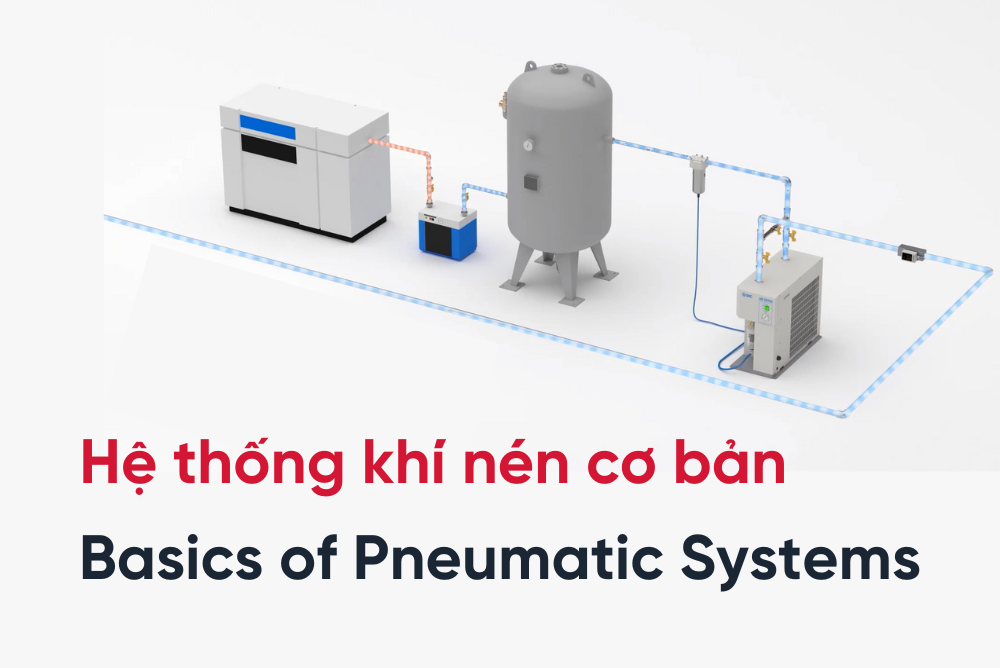
 Read more
Read more
